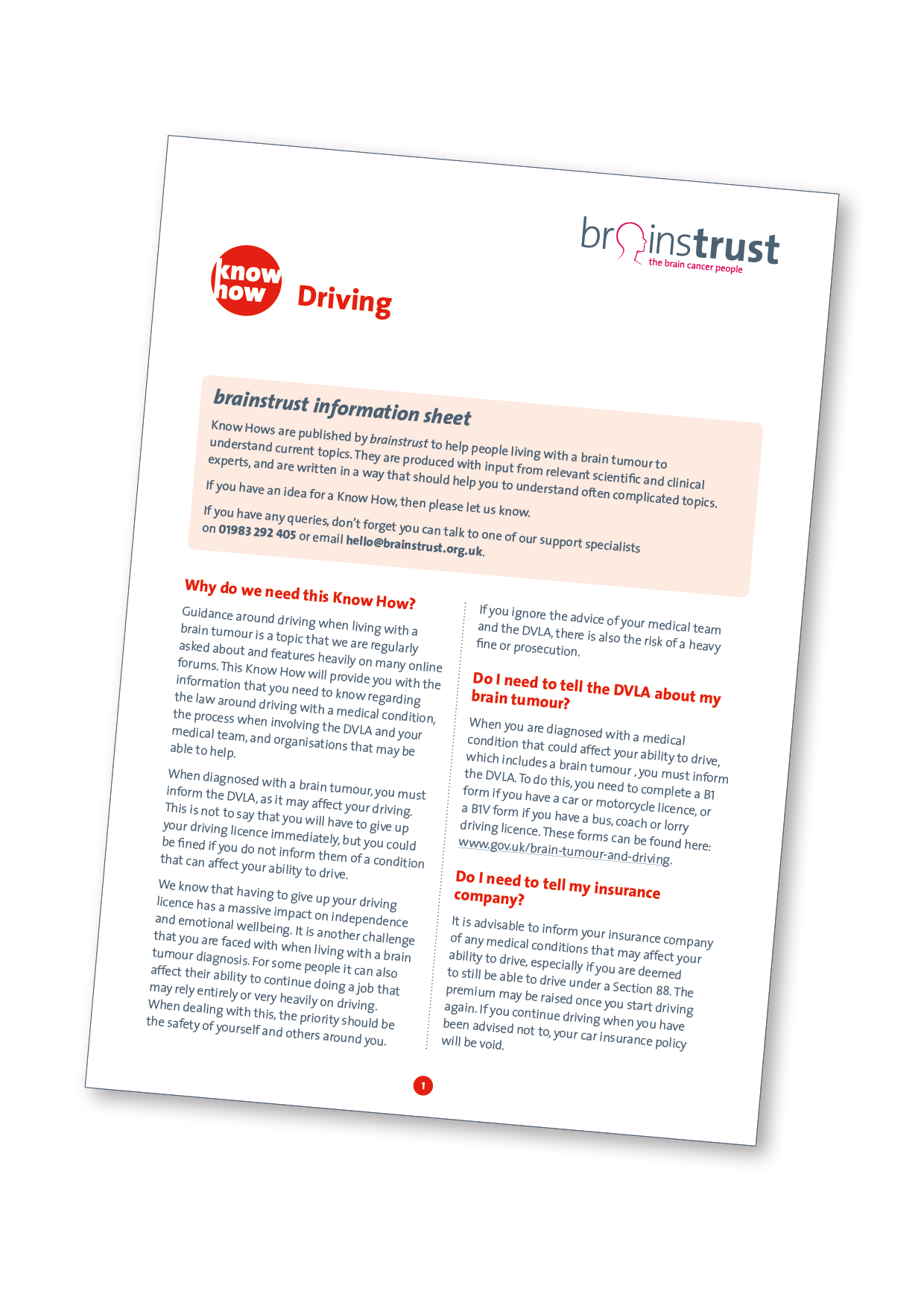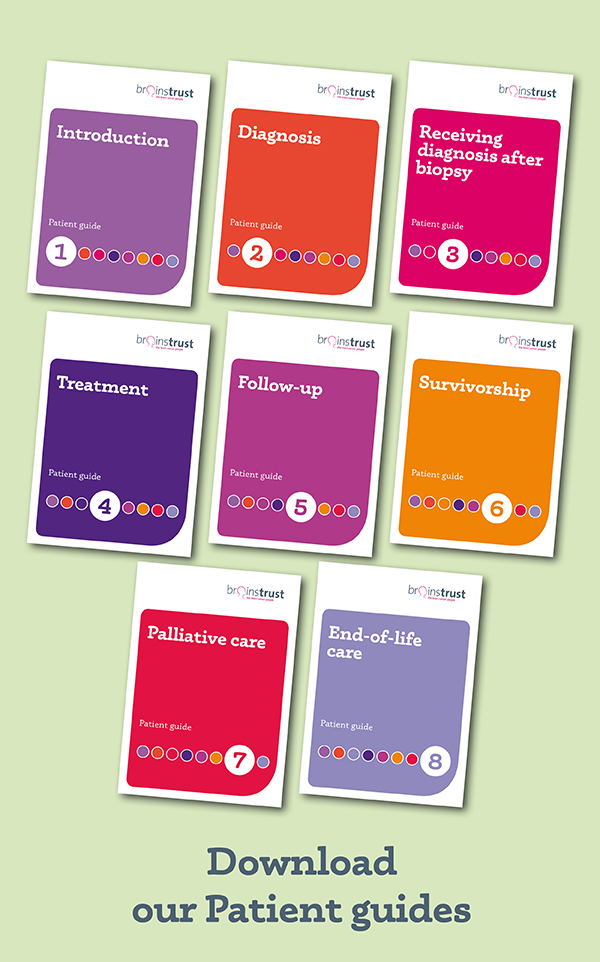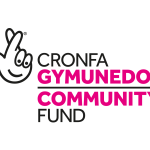Image Guided Craniotomy
On this page, you will find information about:
How is an image guided craniotomy performed?
This procedure will be performed either with a general anaesthetic or sedation (see awake craniotomy).
In the operating theatre you will be positioned on an operating table and your head will be supported by a headrest. The neuronavigation system (like a satellite navigation system) will then be used together with your pre-operative scan data to precisely locate the site for the tumour (target) and to determine an entry point, which can then be marked on the scalp. A small incision can then be marked on the scalp and a very small amount of hair shaved along the line of the incision before it is cleaned with antiseptic solutions and then surrounded by surgical drapes. A small injection of local anaesthetic is used: this stings for a few seconds only if you are awake.
The skull is exposed by making an incision in the scalp and then a high-speed drill is used to make a small burr hole through the skull to reveal the underlying dura (the outermost layer of the brain). A special drill (craniotome) is then used to cut a disc of bone, which is removed from the dura. The dura can then be incised to reveal the underlying brain (and tumour). If the tumour lies on the surface of the brain (e.g. a meningioma) it is carefully dissected from the brain and removed. If the tumour lies within the brain substance then it is necessary to incise the surface of the brain and open the brain down onto the surface of the tumour and then the mass can be removed.
For some tumours it is possible to remove the entire tumour and likely produce a cure (e.g. meningioma). This is called a gross total resection. For many intrinsic brain tumours the surgeon aims to remove as much of the tumour as possible (and safely) but there will inevitably be microscopic remnants of the tumour in the surrounding brain (e.g. glioma).
After the tumour has been removed, all bleeding is stopped, the dura is closed with sutures, the bone flap is replaced with 3 mini-plates and the scalp is closed. The skin is closed with staples, the wound is dressed and often a head bandage is applied. It’s all done!
What happens after surgery?
You will be transferred to the recovery area for a short time and then to the neurosurgery ward where observations will be performed regularly. This will include an assessment of your conscious level (asking you to follow simple commands, opening your eyes and answering questions), examination of your pupil responses, tests of your limb strength and checks on your pulse, blood pressure and respirations. You will be discharged from the neurosurgical centre as soon as your condition is stable. You may sometimes have a scan before discharge. Many patients are discharged directly home as soon as they are fully self-caring and comfortable. If you are requiring on-going medical treatment or support you may be transferred back to your local hospital for further care. Occasionally it is necessary to stay in for longer.
It is likely that you will have anti-thrombotic stockings (TEDS) on and a drip in your arm and you may have a head bandage and occasionally a catheter in your bladder. Operations on the head are not particularly painful but you will be given some tablets or injections for the headaches and if you feel nausea you will be given drugs to relieve this symptom. You will often be given steroids to prevent swelling (in a slowly reducing dose) and sometimes anti-epileptic drugs to prevent fits in the early post-operative period. You can eat, drink and move as soon as you feel able to.
What happens after discharge?
Your surgeon will usually arrange an appointment with you to discuss the results of the biopsies sent from your operation, usually 5-7 days after surgery. The staples can be removed from your wound at around 5 days for a first operation or later for a re-do operation. Your surgeon will also explain to you any plans for further treatment and follow-up.
You may have some headaches which will lessen with time and you will feel tired and need to rest at home. If you are taking steroids, the dose will slowly be reduced, as prescribed by your surgeon, and if you have not had any fits your anticonvulsants will be stopped, as directed by your surgeon.
Driving after brain surgery
You will not be able to drive for a time determined by your symptoms, diagnosis and treatment. You should inform the DVLA of your diagnosis. This can be done by completing Form B1 which you can download here.
Because of the small risk of a fit, you should also avoid any other activities that may put you at risk if you were to suffer a brief loss of consciousness, such as climbing ladders, operating certain machinery or swimming unsupervised.
You can find out more about driving when you have a brain tumour diagnosis in our Know How.
What should I tell my doctor about after surgery?
You should tell your doctor about:
- Headaches that are progressively worsening
- Fitting
- Fever
- Wound problems (increasing pain, swelling, discharge)
- Development of new or worsening symptoms (weakness, numbness, etc)
- Increasing drowsiness
- Rash
If you are at home you could discuss your symptoms with your GP, call your neuro-oncology specialist nurse (if you have one) or contact your surgeon and his team at the hospital.
What are the risks of craniotomy for a brain tumour?
Every operation carries a risk. Overall, complications following a craniotomy are uncommon and the degree of risk depends on a number of factors, for example, the size, location and type of the tumour, your general medical health and age. Your surgeon will explain to you the particular risks associated with your operation and give you an indication of the likely chance of complications occurring. Complications include, but are not exclusive to, the following:
- Temporary or permanent neurological deficit (stroke e.g. paralysis of limbs or loss of speech)
- Haematoma (blood clot)
- Brain swelling
- Infection
- Fits
- CSF leak (leakage of fluid from around the brain)
- General medical complications
- Deep vein thrombosis (clot in leg veins)
- Pulmonary embolism (clot from legs passing to lungs)
- Pneumonia
- Heart attack
- Urinary tract infection
Some of these complications might be serious enough to warrant further surgery and some can be life threatening. Overall, as a general guide, the incidence of serious complications causing permanent neurological deficit (stroke) or death is <5%.
Will my symptoms improve?
This will depend on the tumour and the surgery. If the tumour has been causing headaches, there is a good chance these will improve following surgery. If you had weakness or paralysis in a limb caused by pressure on the brain by a tumour, then this may improve following surgery. However, if you had weakness caused by invasion of the tumour into the brain, then it is unlikely that this will improve following surgery. Seizures are sometimes improved by removal of a tumour but may not change or may occasionally worsen.
Did this information make you feel more resourced, more confident or more in control?
Date published: 17-05-2009
Last edited: 28-02-2018
Due for review: 28-02-2021












